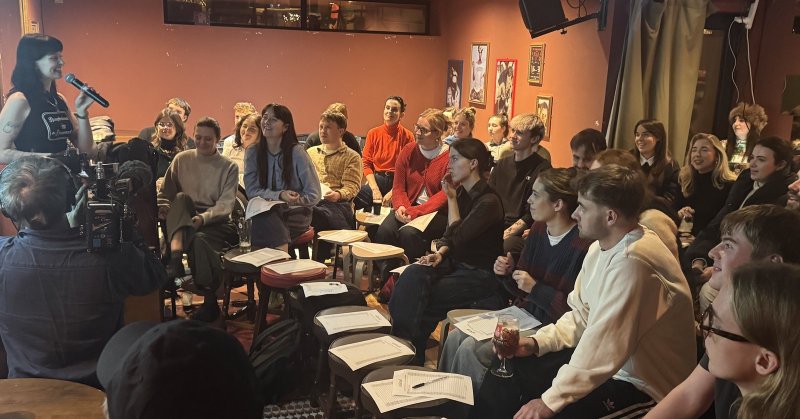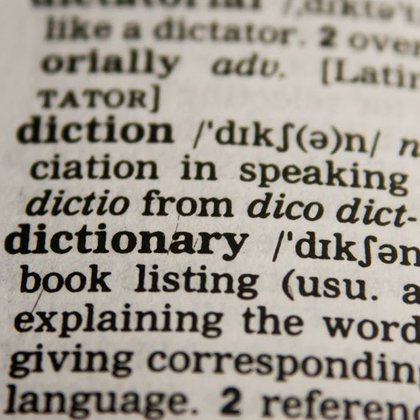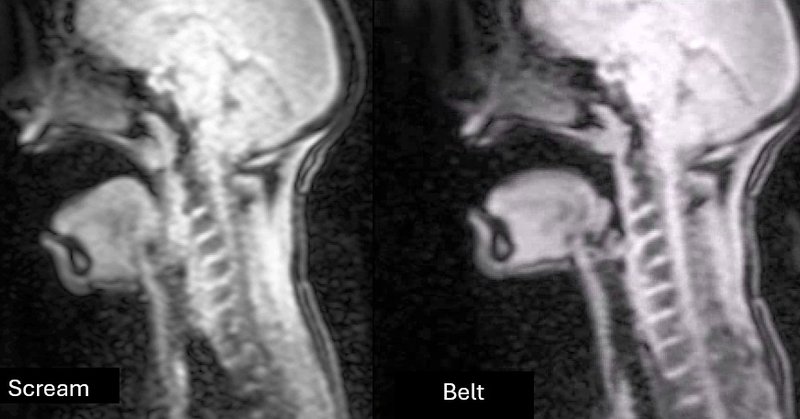
Darin Flynn
@phono_logical
Followers
447
Following
3K
Media
2K
Statuses
4K
assoc. prof. linguistics @ucalgary
Joined November 2024
Provides rich data on the sound systems and word structures of Australian Indigenous languages. The Phonology and Morphology of Australian Languages by Brett J. Baker (@unimelb) & Mark Harvey, Coming Soon #Linguistics #Australia
https://t.co/fDWQWUHoYO
0
7
22
“Celtic revival: the growth of Gaeilge in Britain” by Tommy Meskill (Nov. ’25)
rte.ie
There's been a significant surge in interest in learning the Irish language in Britain, according to those involved in teaching it. One of the largest online education providers in the UK, City Lit,...
1
1
4
...soundlaw that bears his name - Eichner's Law, namely that IE *ē is not coloured by a preceding laryngeal. Since he formulated that law on the basis of Hittite, I chose *h₂ in this instance. Incidentally, the two letters are also the initials of his name: 𝗛einer 𝗘ichner. /8
1
2
13
Got my author copy of the Handbook of historical Japanese linguistics! 🥳🤩
5
27
230
Happy World Linguistics Day! Celebratory days take off when groups of people decide to make them happen so... let's see how many different locations we can get world linguistics day wishes from this year!
3
5
6
Also: shoutout to @nicholastristan who posts less often but is so kind and encouraging with likes, comments; appreciate you!
1
0
5
One year of 𝕏 already? Thx for my fun feed @avzaagzonunaada, @neilalexanderw1, @cobbaltt, @langofmind, @ChronHib, @JLingPystynen, @David_Erschler, @Konkanist, @azforeman, @Jeanvaljean689, @DemocritusSr, @SameerudDowla, @MagnusPharao, @HasanMS_10016, @k_ditya, @GeoffLindsey, etc!
9
0
26
Book review by Miki Mori (Nov. ’25): “On Under-reported Monolingual Child Phonology” edited by Elena Babatsouli (’20/’25) https://t.co/S5x9zvvQJS
0
2
6
Link above is the popular version of “Physiologic and acoustic characteristics of the angry scream” presented at the 189th ASA Meeting
0
0
1
“The science of screaming” by Karen Perta, Zhaoyan Zhang, Donna Erickson, Ryoko Hayashi and Toshiyuki Sadanobu (Nov. ’25)
acoustics.org
The purpose of this study is to analyze and compare angry, emotional screaming with trained, “healthy” yelling using MRI and acoustic measures.
1
0
7
by showing that vowel devoicing can also be targeted by prosodic augmentation.”
0
0
0
besides also lengthened, to express intensity. While all vowel segments in Mẽbêngôkre can be lengthened for expressive means, only high vowels /i ɨ u/ can be both lengthened and devoiced. This talk contributes to studies on expressiveness and iconicity in language …
1
0
0
“This paper explores an instance of prosodic augmentation (Lovick 2023: 382) via devoicing in Mẽbêngôkre, a Jê language spoken in Brazilian Amazonia. While segment lengthening is usually associated with prosodic augmentation, in Mẽbêngôkre high vowels can be devoiced, …
1
0
0
“Vowel devoicing as prosodic augmentation in Mẽbêngôkre” by Bernat Bardagil (Nov. ’25)
benjamins.com
This paper explores an instance of prosodic augmentation (Lovick 2023: 382) via devoicing in Mẽbêngôkre, a Jê language spoken in Brazilian Amazonia. While segment lengthening is usually associa...
1
0
1
“Prosodic structures and the cognition of prominence in speech and song” by Baris Kabak (Nov. ’25) https://t.co/yVhEMHlzDA
1
0
2
Job: postdoc in phonology at the University of Barcelona with Dr. Clàudia Pons-Moll, now leading a project on “The interaction between phonology and the phonetic and morphosyntactic components: current challenges for the study of linguistic variation”
0
1
8










